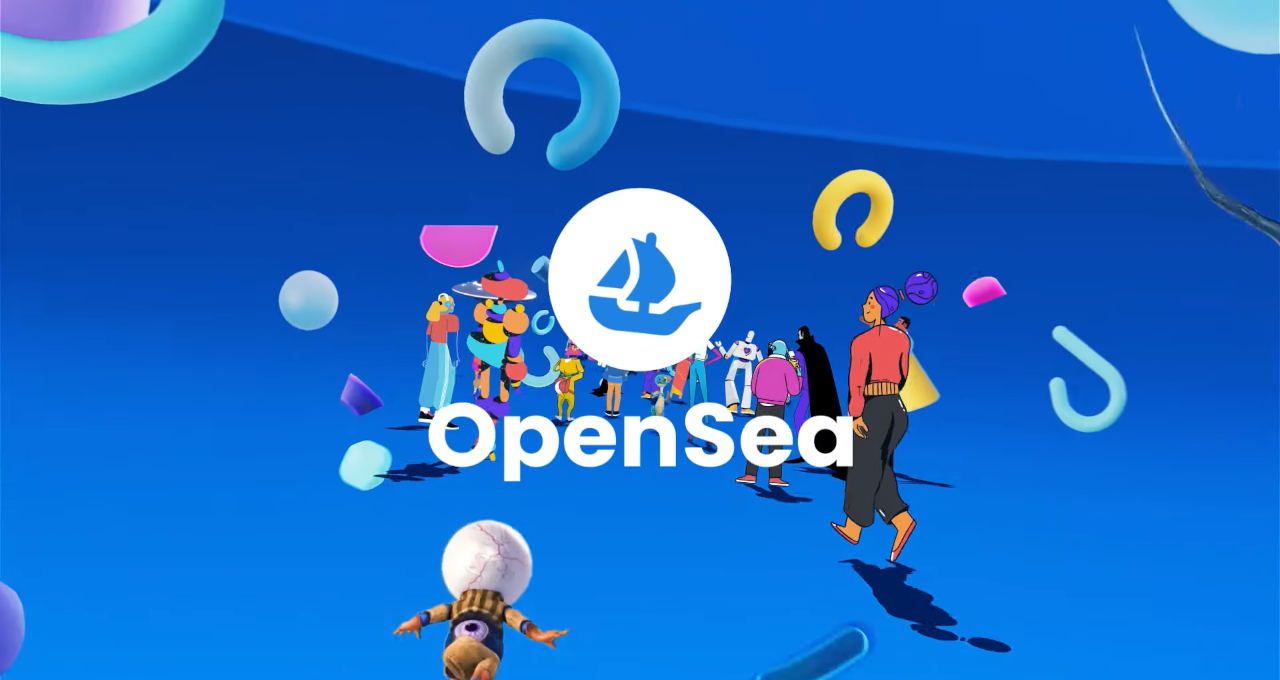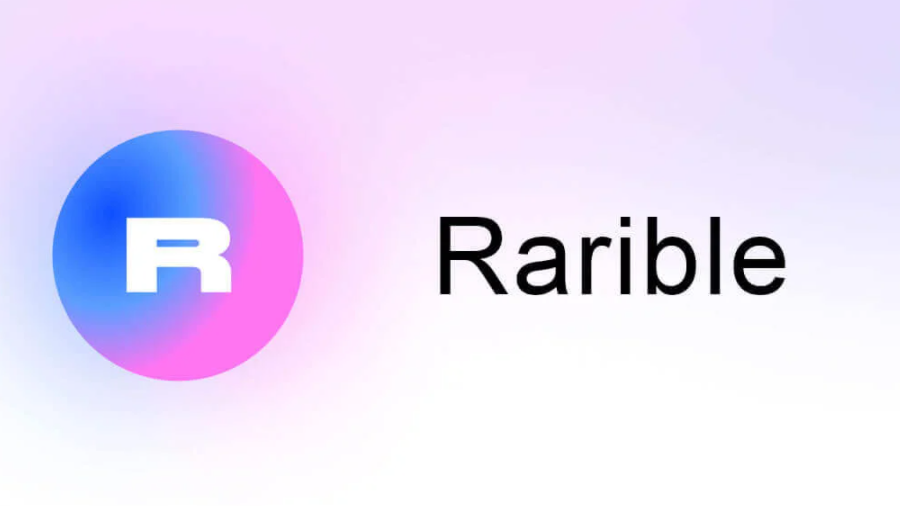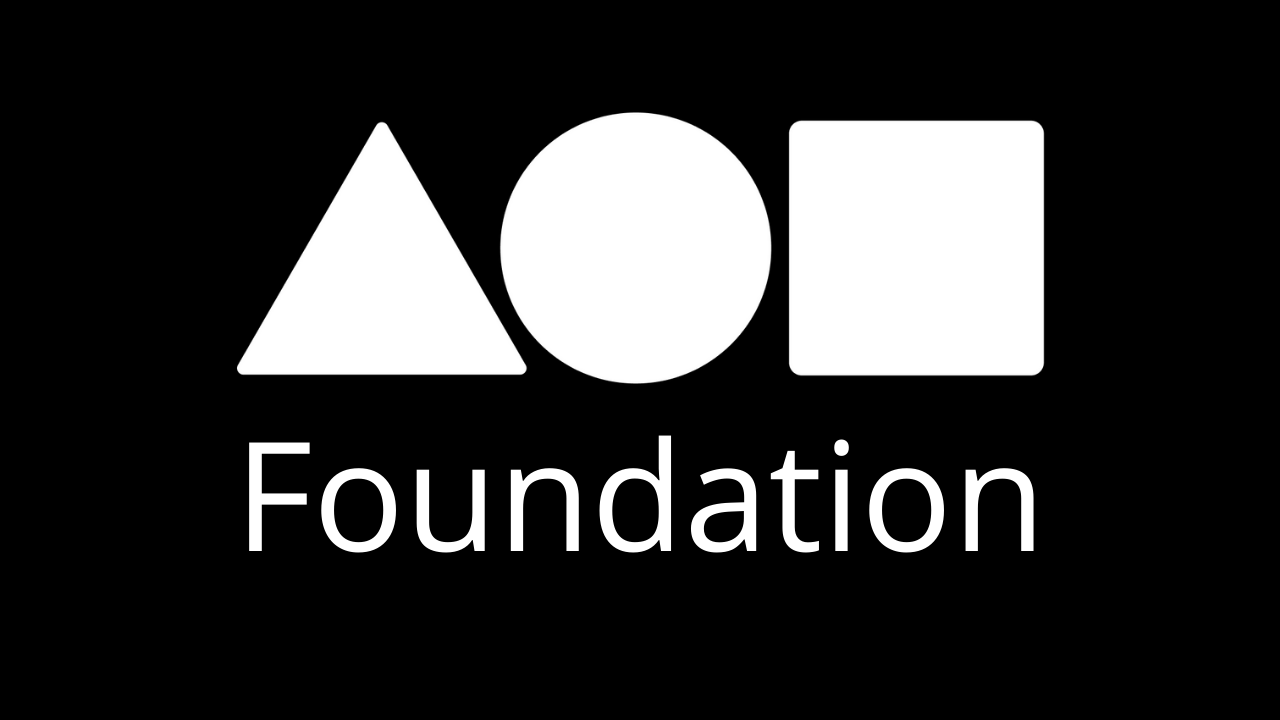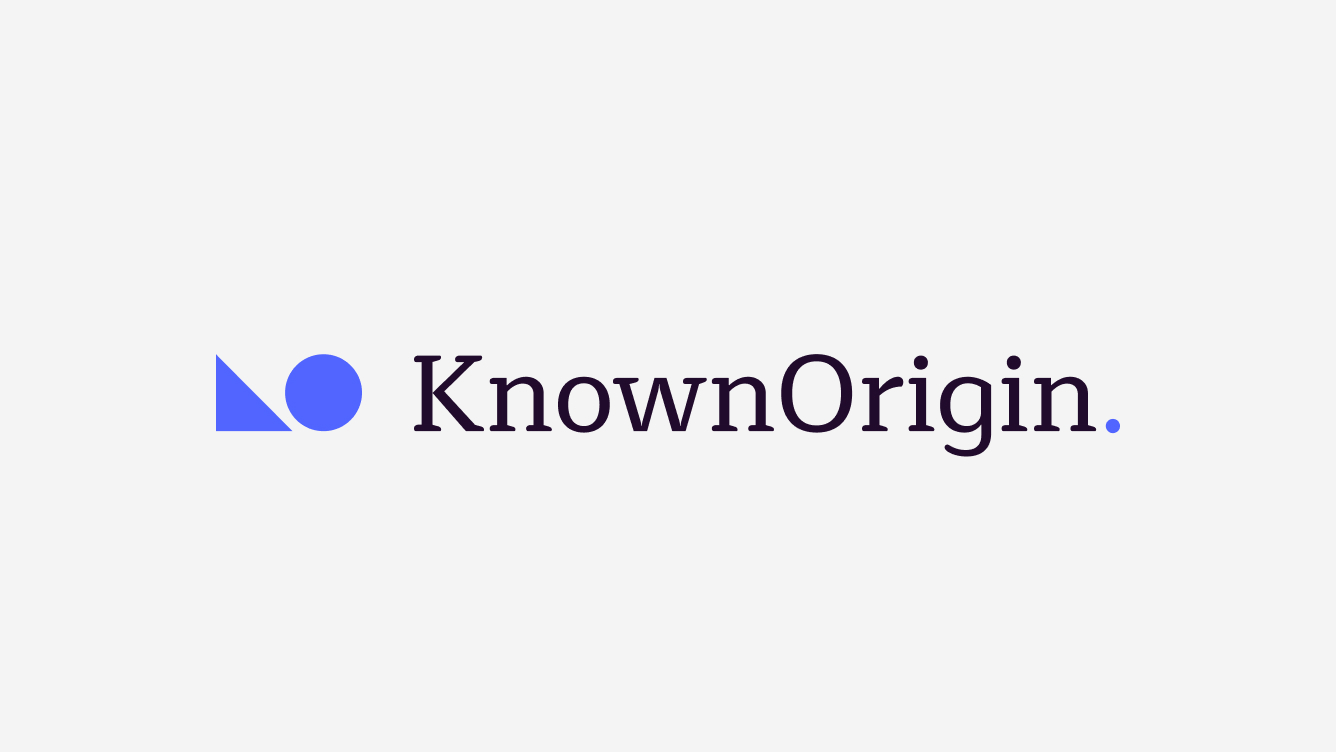What is an NFT?
Understanding Non-Fungible Tokens (NFTs)
NFT stands for non-fungible token…usually, this is how any article or guide about NFT begins. But it doesn’t quite get to the meat of the thing. So let's look at it from the other side.
If you exchange your $20 bill for your mom's $20 bill, nothing really changes. While they are two different pieces of fancy paper, both bills represent the same exact value. This is called fungibility.
“Non-fungible” means something is one-of-a-kind and it can neither be replaced nor interchanged because it has unique properties.
An NFT is a digital asset that represents real-world objects like art, video, GIFs, music, in-game items, and so on. They are bought and sold online, frequently with cryptocurrency, and they are generally encoded with the same underlying software as many cryptos.
So if NFTs are digital, what’s stopping me from taking screenshots or downloading them?
Sure, you can take a screenshot of an NFT image, the same way you can take a photo of the original Mona Lisa with your phone. However, you’re still not the original owner of the NFT or the Mona Lisa. In fact, the more people share their iPhone pics of the Mona Lisa, the more the painting's cultural relevance continues to grow, and the more value the original painting has.

NFTs are designed to give you something that can’t be copied: ownership of the work (though the artist can still retain the copyright and reproduction rights, just like with physical artwork). To put it in terms of physical art collecting: anyone can buy a Leonardo da Vinci work. But only one person can own the original.
An NFT allows the buyer to own the original item. Not only that, it contains built-in authentication, which serves as proof of ownership. Collectors value those “digital bragging rights” almost more than the item itself. So this explains why NFTs are unique and cannot be replaced.
Once again, each NFT has a unique signature that verifies the authenticity and any transactions related to it — who created it, who owns it, who sold it and for how much, etc. Creating an NFT is called minting. When a digital file gets minted, an NFT is generated and stored on a blockchain.
Types of NFTs
You can explore the many different types of non-fungible digital assets in the market. The uninformed may think it's simply art. It's much more than that. Here are some examples:
Art
Music
Photography
Games
Collectibles
Sports
etc
All other types can be found on our website in the Tags section.
Popular NFT Marketplaces
You can buy, sell, trade, and create NFTs from online exchanges or marketplaces. Currently, the largest NFT marketplaces are:
OpenSea: One of the first and largest marketplaces where you can find NFTs for a wide range of collectibles.

Rarible: Rarible is another large marketplace for all sorts of NFTs, similar to OpenSea. Uses its own RARI token to reward members.

Foundation: A community-curated marketplace that requires creators to be invited by other creators who are already part of the platform.

SuperRare: Each artwork on SuperRare is a digital collectible– a digital object secured by cryptography and tracked on the blockchain. SuperRare has built a social network on top of the marketplace. SuperRare recently announced its own token of the same name based on the Ethereum blockchain. The tokens will be used to find and curate new talent for the marketplace.

KnownOrigin: KnownOrigin is an NFT marketplace focused on the discovery and distribution of digital art. Every digital artwork on KnownOrigin is authentic and truly unique. Creators can use the platform to showcase and sell their work to collectors who care about authenticity.

These are just the most popular examples of marketplaces. There are many more marketplaces where you can buy or sell NFTs.
In general, it's all very new to us, but damn interesting. What happens then? Wait and see!
Topics
Recent comments
